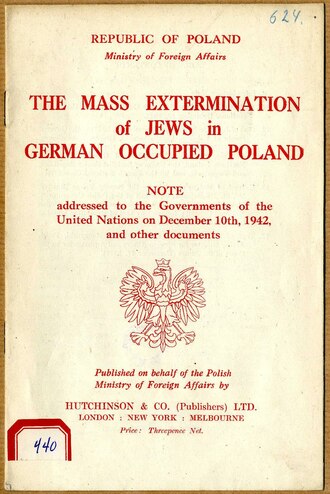SobieskiSavedEurope
Gold Member
- Thread starter
- Banned
- #221
Follow along with the video below to see how to install our site as a web app on your home screen.
Note: This feature may not be available in some browsers.






 Facebook
Facebook LinkedIn
LinkedIn MySpace
MySpace

 listen)), also known as the "Konrad Żegota Committee",[1][2] was a codename for the Polish Council to Aid Jews (Polish: Rada Pomocy Żydom), an underground organization of Polish resistance in German-occupied Poland active from 1942 to 1945.
listen)), also known as the "Konrad Żegota Committee",[1][2] was a codename for the Polish Council to Aid Jews (Polish: Rada Pomocy Żydom), an underground organization of Polish resistance in German-occupied Poland active from 1942 to 1945.

